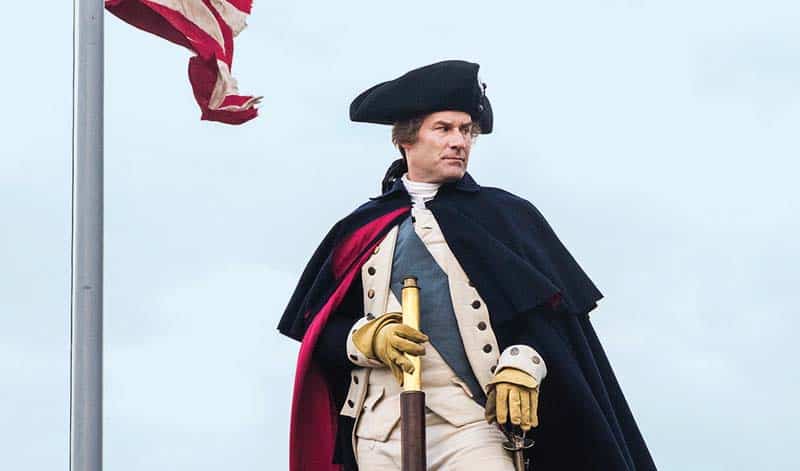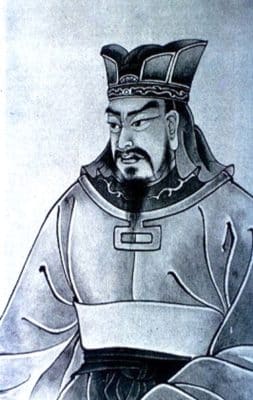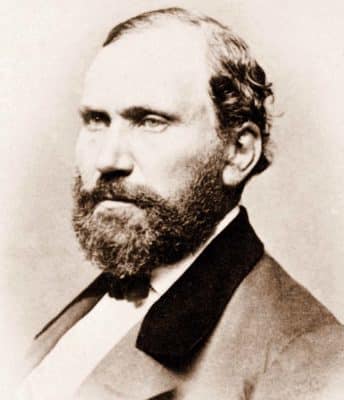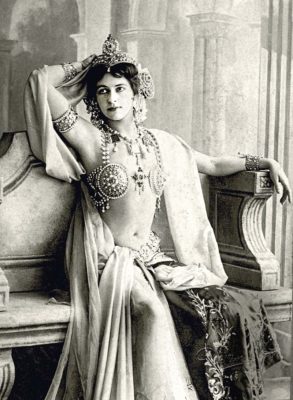
Espionage, or the art of spycraft, is a type of intelligence assessment that can be traced as far back as the storied fifth-century Chinese military strategist Sun Tzu. His book The Art of War featured a section dedicated to the importance of spying, where he advised, “One who knows the enemy and knows himself will not be endangered in a hundred engagements.”

A central tool used by governing bodies and countries at war, the history of espionage includes a number of historical figures. Among the more famous is Francis Walsingham, principal secretary to Queen Elizabeth I of England who spent 17 years helping her shape England into a maritime power through a combination of colonial conquest and intercontinental trade. Among his accomplishments were disrupting the military operations of Spain, securing the execution of Mary, Queen of Scots and dismantling a series of plots meant to unseat Queen Elizabeth.
By the time of the American Revolution (1775 to 1783), General George Washington became known as America’s first spymaster by exploiting a weak British intelligence system. Washington tasked Major Benjamin Talmadge with forming the Culper Ring, which was used to keep Washington informed about the activities of the British Army in New York City and throughout Long Island and Connecticut. The flaws in England’s intelligence gathering allowed Washington to succeed in capturing the invading British army during 1781’s Battle of Yorktown. The AMC television series Turn: Washington’s Spies, which ran from 2014 to 2017 and is based on Alexander Rose’s 2006 book Washington’s Spies: The Story of America’s First Spy Ring, told a fictionalized version of the story of the Culper Ring, with a focus on Abe Woodhull and his correspondence with Washington during the war.

The Civil War provided another canvas where spying took on heightened importance. Scottish-American detective Allan Pinkerton was appointed head of the Union Intelligence Service for the first two years of the war. In addition to ferreting out a Baltimore assassination attempt against Abraham Lincoln, Pinkerton gathered military intelligence by having him and his agents work undercover as Confederate soldiers and sympathizers. Pinkerton himself was almost captured in Memphis when his cover was blown. Pinkerton’s agency proved to be a precursor to the U.S. Army Counterintelligence Department, founded in 1977 as a means of identifying, assessing, countering and neutralizing international and internal threats to the United States Army and U.S. Department
of Defense.
In 1910, British law enforcement officer William Melville was tapped to help establish the British Secret Service, the first independent intelligence agency. Nineteen military intelligence departments—MI1 to MI9—were the basis for the Secret Intelligence Service (SIS), with only two, MI5 and MI6, in existence today. The latter two cover domestic and foreign counter-intelligence respectively.

At this point, the cloak and dagger aspect of espionage provided rich fodder for authors, which would eventually springboard into film and television. Early novelists that emerged from the nascent spy novel genre included Erskine Childers (The Riddle of The Sands), who was executed for his actions in supporting Irish Republicanism, William Le Queux (The Invasion of 1910) and E. Phillips Oppenheim (The Great Impersonation). By the time World War I broke out, aerial reconnaissance and photography and the interception and decryption of radio signals were the latest methods of intelligence collection. British and French intelligence services were more effective than their German counterparts, although the latter yielded the most famous spy in the form of Margaretha Geertruida Zelle, a Dutch exotic dancer better known as Mata Hari, who was executed by firing squad in France.
With the outbreak of World War II, Winston Churchill ordered the SIS to “set Europe ablaze” and develop a vast network of trained spies and saboteurs. While the Germans operated a pair of poorly organized espionage networks against the United States, their sabotage efforts were derailed by the FBI, the SIS transformed into the Special Operations Executive (SOE), a clandestine organization that was known as “Churchill’s Secret Army.”

The SOE worked in conjunction with the Office of Strategic Services (OSS), an American intelligence network that had President Franklin Delano Roosevelt appoint war hero “Wild Bill” Donovan to oversee it. Between the SOE and OSS, covert special operation teams were deployed to infiltrate German-occupied countries in Europe and help organize local resistance groups. The OSS was the precursor to what eventually became the Central Intelligence Agency (CIA).
Out of the ashes of World War II came the Cold War, as the forces of capitalism and communism faced off. In its wake, espionage experienced an especially sharp spike as the American CIA, Soviet KGB and British MI6 were the most active spy agencies. And while the dissolution of the Soviet Union may have temporarily lulled the world into a degree of complacency, the events of September 11 resulted in a war on terror and a current emphasis on electronic warfare. In the process, the United States has no less than 17 federal agencies that form the United States Intelligence Community (IC). Technology continues to play a major role in these modern-day versions of spy versus spy, with espionage organizations making use of imagery intelligence, cryptanalysis and spy satellites to partake in covert, and oftentimes nefarious, operations.



















